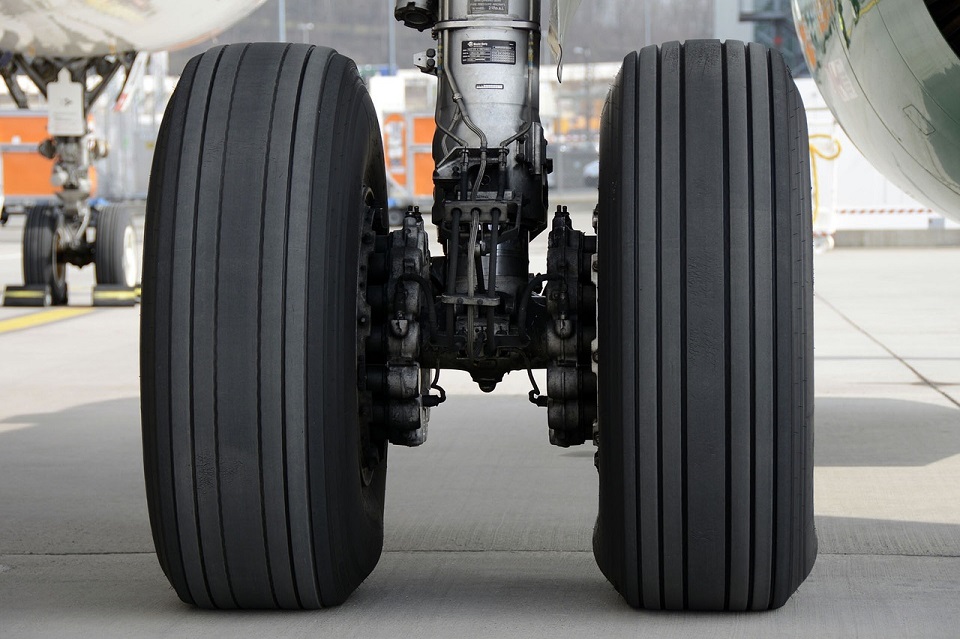Civil Aviation
Why do airplane tires cause smoke at touchdown?

When an aircraft’s tires make contact with the ground during landing, it’s common to observe smoke. This phenomenon occurs due to several factors related to the landing process and the properties of the tires themselves.
As the aircraft descends and prepares to land, the tires are not rotating. Upon touchdown, in a fraction of a second, they transition from zero speed to an average speed of 240 to 260 km/h. This sudden acceleration creates a point of friction between the tires and the runway surface, leading to the generation of smoke.
The smoke results from the intense heat generated by the friction between the rubber tires and the asphalt runway. This heat is significant enough to cause the rubber on the tires to almost evaporate, resembling the smoking effect seen when a bike tire skids on the road.
Various factors influence the intensity and frequency of smoke during landings. For instance, the number of landings a tire undergoes within a given period, such as within 24 hours, affects its wear and tear. Aircraft operators closely monitor tire condition, inspecting for any damage or signs of wear before every flight. Tires may be replaced if necessary to ensure safety.
The type of aircraft and its operational requirements also impact tire design and durability. For example, the Airbus A330-200’s tires differ in material composition and weight capacity compared to those of a typical car. Additionally, the environmental conditions, such as runway temperature variations and altitude, play a role in tire performance.
Aircraft tires are specially constructed to withstand the rigors of landing and takeoff. They feature multiple nylon layers for reinforcement and a wire core to prevent slippage on the rim. These tires are filled with nitrogen instead of compressed air, offering better properties for aviation use.

